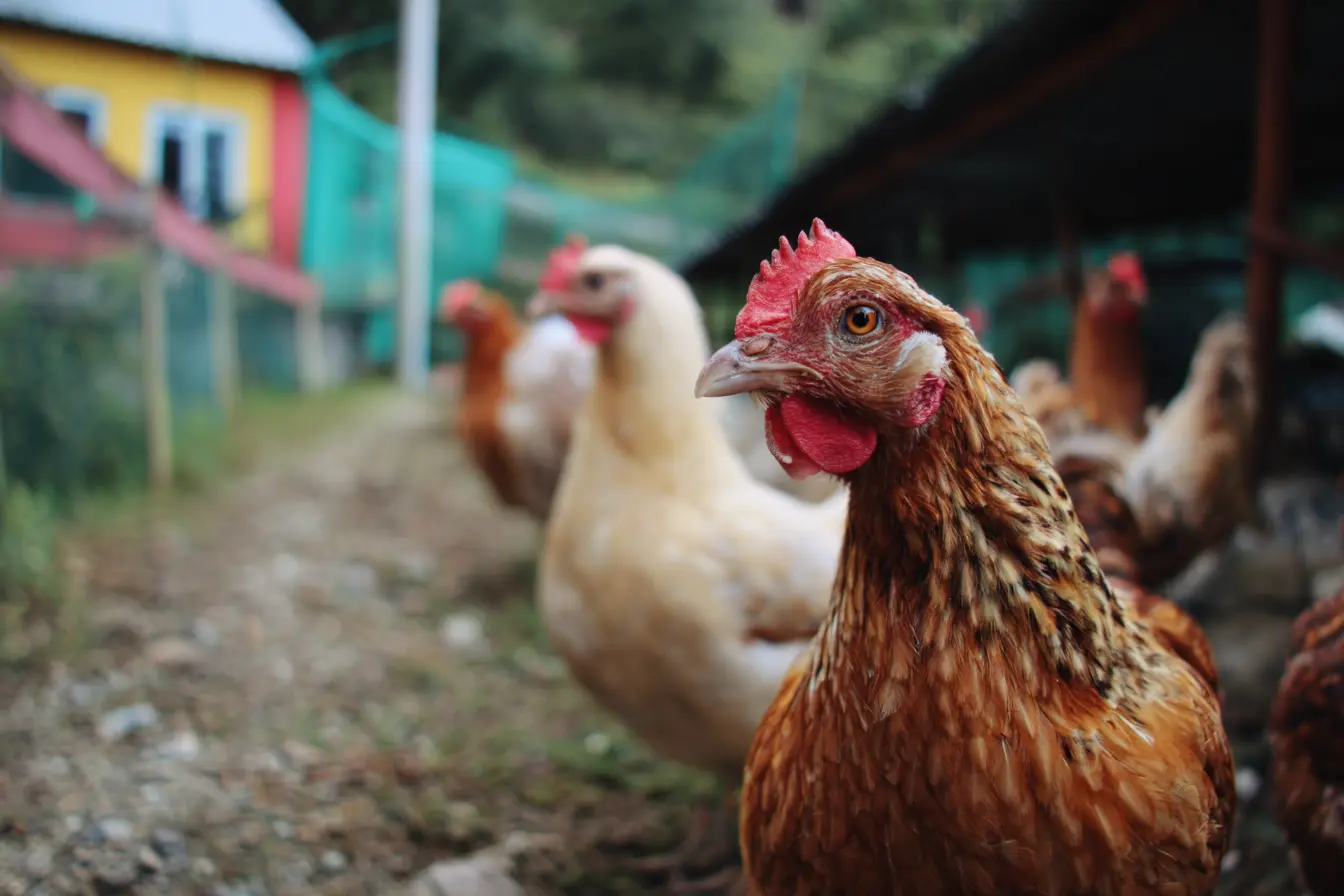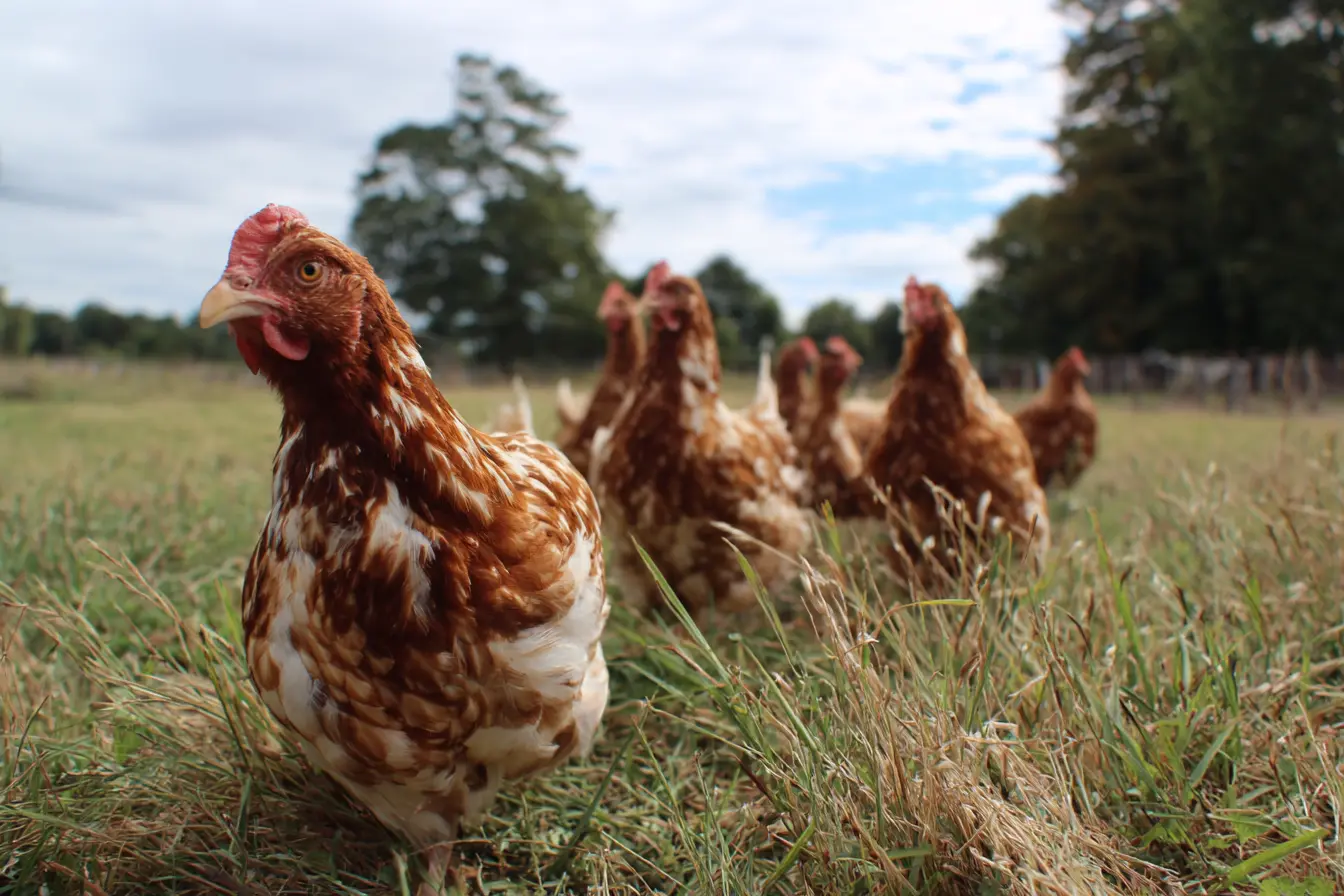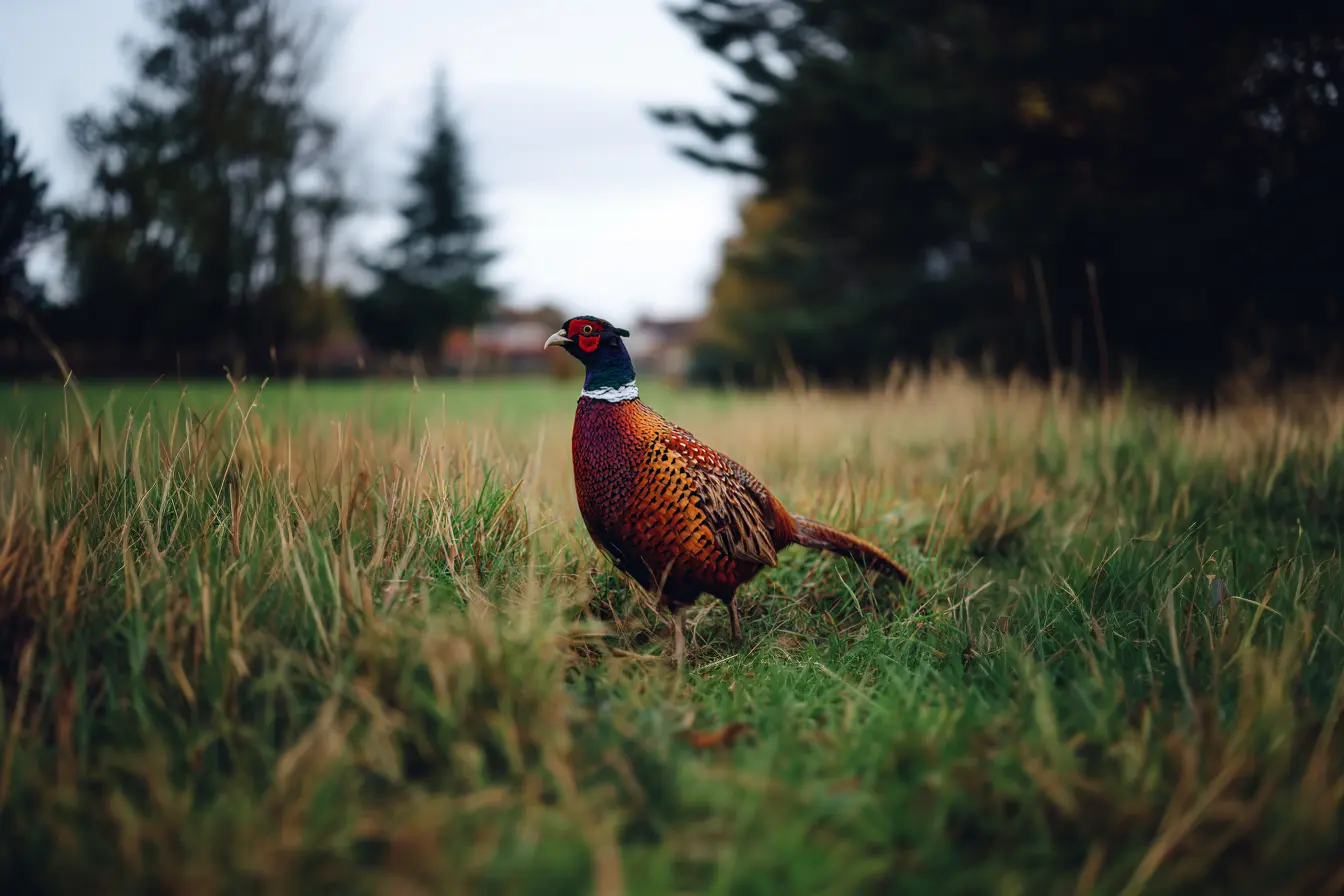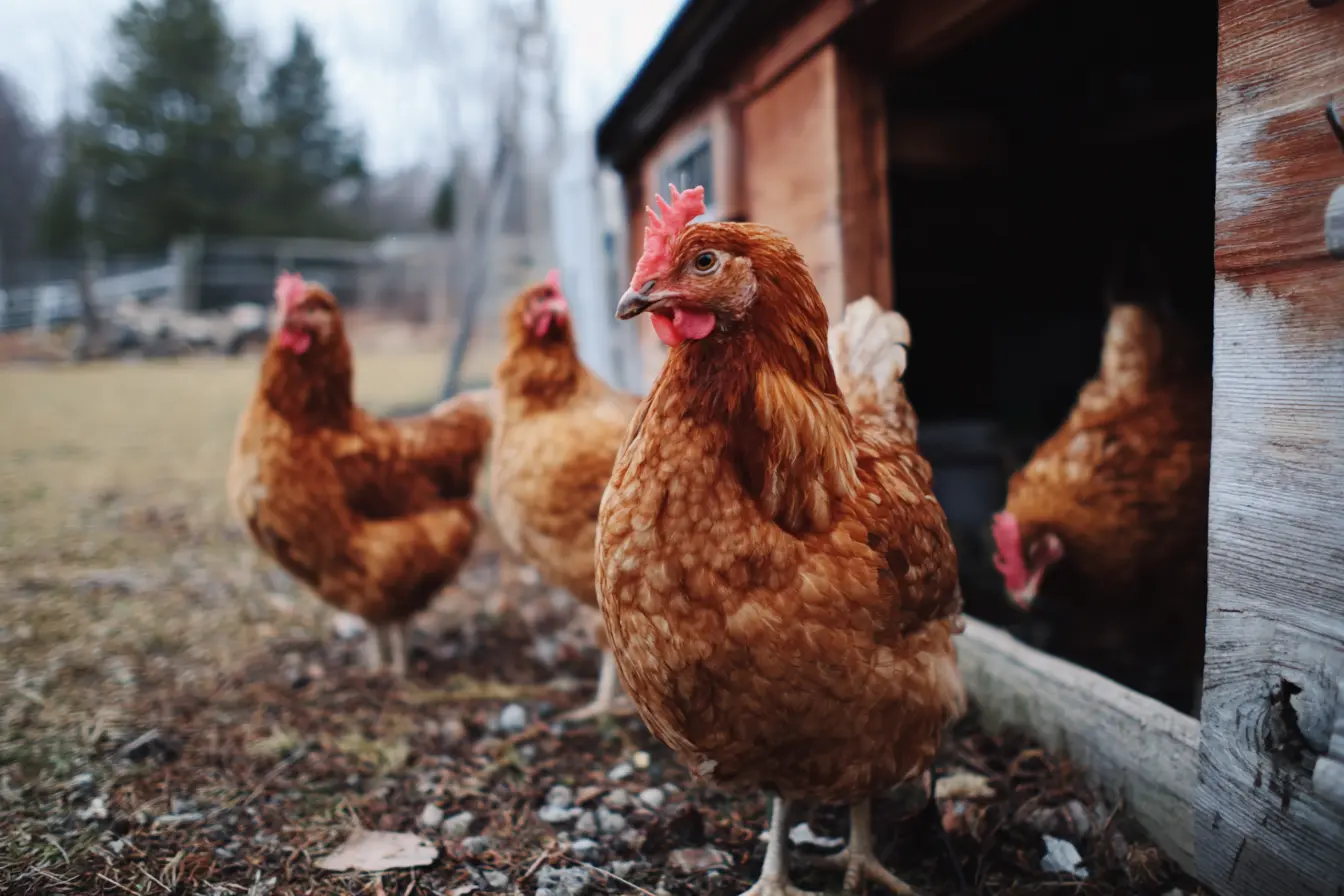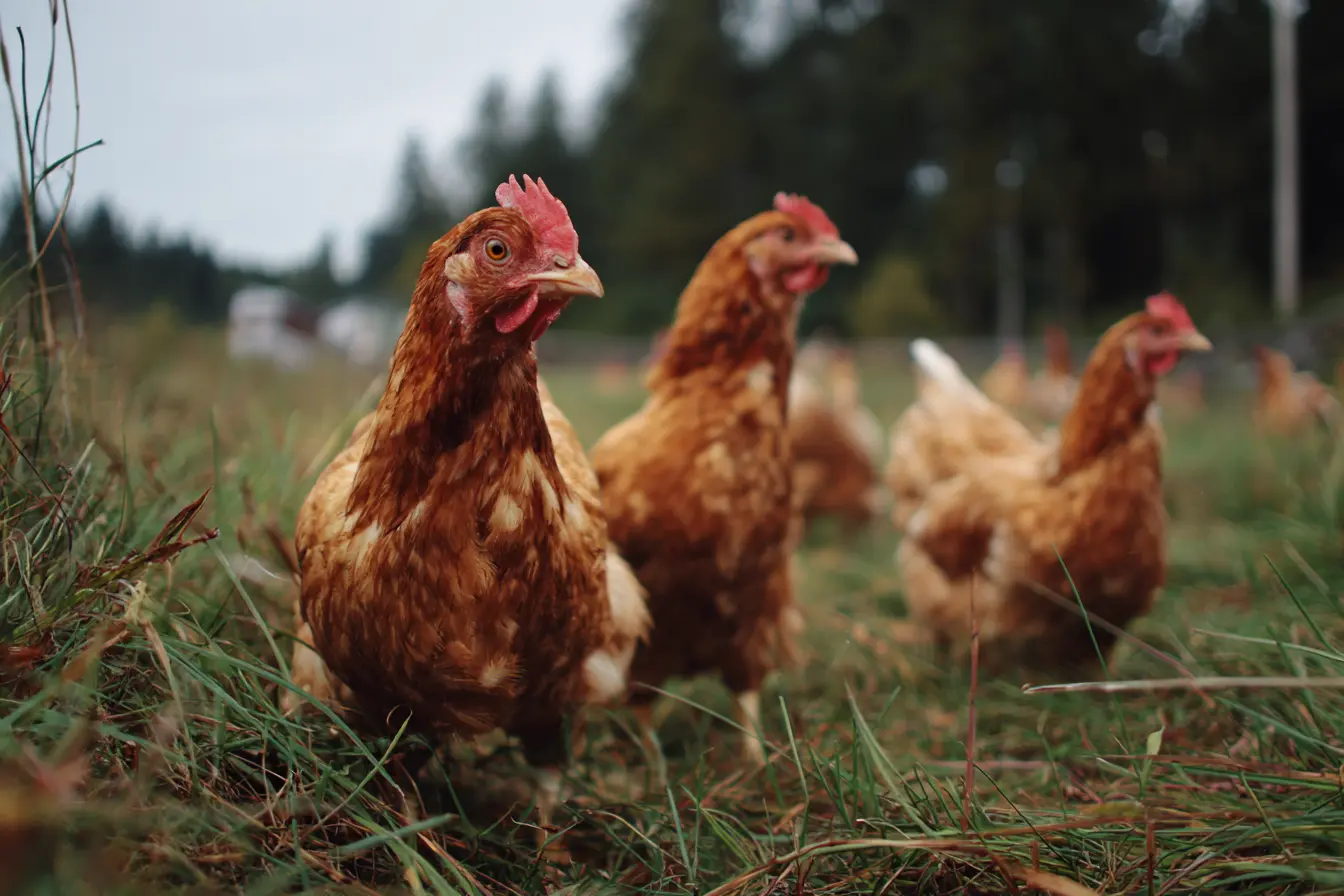
Fowl Pox in Chickens
Fowl Pox is a contagious viral disease that affects chickens and other poultry species. Though it typically progresses slowly, it can cause significant discomfort, reduced productivity, and, in severe cases, death. This post explores everything you need to know about Fowl Pox, including its causes, symptoms, transmission, prevention, and treatment.
What is Fowl Pox?
Fowl Pox is a viral infection caused by the Fowl Pox virus, which belongs to the Avipoxvirus genus within the Poxviridae family. It affects birds of all ages and breeds and is characterised by wart-like lesions on the skin and/or diphtheritic lesions in the mouth, throat, and upper respiratory tract.
There are two main forms of Fowl Pox:
- Dry form (cutaneous): Involves skin lesions, mainly on unfeathered areas.
- Wet form (diphtheritic): Involves mucous membranes of the mouth, throat, and trachea.
Some birds may show signs of both forms simultaneously.
Transmission and Spread
Fowl Pox is spread primarily through:
- Bites from mosquitoes and other blood-sucking insects
- Direct contact with infected birds
- Contact with contaminated surfaces, equipment, feed, or bedding
- Airborne virus particles (less common)
Mosquitoes act as significant vectors, especially during warmer months. Once introduced, the virus can persist in scabs and the environment for months.
Symptoms of Fowl Pox
Symptoms vary depending on whether the bird has the dry or wet form of the disease.
Dry Form (Cutaneous)
- Small white nodules on the comb, wattles, eyelids, and legs
- Lesions develop into yellowish or brown scabs
- Lesions may become crusty and drop off during recovery
- Reduced appetite and general lethargy
Wet Form (Diphtheritic)
- Yellowish plaques or ulcers in the mouth, throat, and windpipe
- Difficulty breathing or swallowing
- Gasping or open-mouth breathing
- Decreased water and feed intake
- High mortality in severe cases
Wet Fowl Pox is generally more serious and may lead to suffocation or secondary infections.
Diagnosis
Fowl Pox is usually diagnosed based on clinical signs and appearance of lesions. Confirmation may be obtained through:
- Microscopic examination of lesions
- Histopathology
- Virus isolation and identification (for large operations)
A vet may be consulted in severe cases or where differential diagnosis is necessary.
Treatment
There is no direct antiviral treatment for Fowl Pox. Management focuses on supportive care and preventing secondary infections.
Supportive Care
- Isolate infected birds to prevent spread
- Provide soft, moist feed if birds have oral lesions
- Ensure clean drinking water at all times
- Use a vitamin supplement to aid recovery
Preventing Secondary Infections
- Apply antiseptic ointments to skin lesions to prevent bacterial infection
- Antibiotics may be prescribed for secondary infections if necessary
Most birds recover within 2 to 4 weeks, especially with good care.
Prevention and Control
Preventing Fowl Pox is more effective than treating it. Key strategies include:
Vaccination
- A live vaccine is available and highly effective
- Typically administered by wing-web stab to chicks at 6–10 weeks of age
- Immunity usually develops within 10 days
- Revaccination may be considered in areas with high mosquito activity
Mosquito Control
- Eliminate standing water where mosquitoes breed
- Use mosquito netting in poultry housing
- Install fans to reduce insect activity in enclosed spaces
Biosecurity Measures
- Quarantine new birds for at least 3 weeks
- Disinfect equipment and housing regularly
- Avoid introducing birds from unknown health status
- Handle infected birds last during routine tasks
Environmental Persistence
The virus is extremely hardy in the environment, particularly in dried scabs. Thorough cleaning and disinfection are essential to prevent re-infection.
Differential Diagnosis
Fowl Pox lesions can resemble those caused by other conditions, including:
- Favus (avian ringworm)
- Vitamin A deficiency
- Canker (trichomoniasis)
- Infectious Laryngotracheitis
Accurate diagnosis helps in selecting the appropriate course of action.
Economic and Welfare Impact
Although mortality is usually low in the dry form, Fowl Pox can lead to:
- Reduced weight gain
- Decreased egg production
- Poor feed conversion
- Increased susceptibility to secondary infections
- Permanent scarring in severe skin cases
Outbreaks in large flocks or where the wet form is involved can result in considerable losses.
Key Takeaways
- Fowl Pox is a viral disease affecting chickens and other poultry
- It presents in dry (cutaneous) and wet (diphtheritic) forms
- Spread primarily through mosquitoes and direct contact
- No cure exists, but birds can recover with supportive care
- Prevention relies on vaccination and mosquito control
Final Thoughts
Fowl Pox may be a slow-moving disease, but it can still wreak havoc on backyard and commercial flocks if left unmanaged. A proactive approach, including vaccination and vector control, is essential to keeping your chickens healthy. By recognising the signs early and responding appropriately, you can minimise discomfort for your birds and reduce the overall impact on your poultry operation.
Vets near you
Speciality vets
- Aquatics vet specialists
- Birds vet specialists
- Camelids vet specialists
- Cats vet specialists
- Cattle vet specialists
- Deer vet specialists
- Dogs vet specialists
- Equines vet specialists
- Exotic vet specialists
- Goats vet specialists
- Pigs vet specialists
- Poultry vet specialists
- Sheep vet specialists
- Small Mammals vet specialists
- Wild vet specialists
